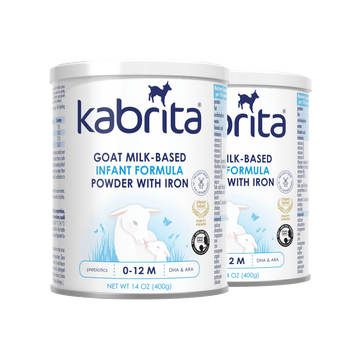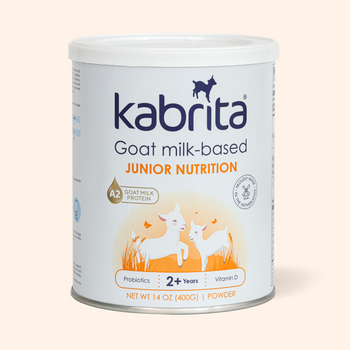Should baby formula have as few ingredients as possible?

Simple ingredient lists make sense for families seeking a whole foods-based diet. But, should baby formula follow this ‘golden rule’? Read on to learn about whether less is truly more when it comes to baby formula ingredients.
Embracing whole foods and ‘clean’ labels
Everyone agrees that a whole foods-based lifestyle is one of the cornerstones of great health. This diet minimizes ‘fast food’, refined and processed foods, and those packed with added sugars. The ideal is to choose minimally processed whole foods as often as possible. And for many families, decoding food labels is part of this strategy.
Foods with few ingredients are “in”; unfamiliar, complex and ‘unnecessary’ ingredient lists don’t make the cut! But, can we apply this food standard to baby formula?
Consider breast milk ingredients
When it comes to infant nutrition, breast milk is the gold standard. Research confirms that breast milk is exceptionally complex, full of carbohydrates, proteins, fats, vitamins minerals, as well as a range of bioactive factors (like immunoglobulins, cytokines, and hormones to name but a few).
If breast milk came with an ingredient list, it would be VERY long. And, many of the ingredients would have unfamiliar names, like vascular endothelial growth factor, erythropoietin, mucins, and TGF-β2.
Baby formula is patterned after breast milk
Standard baby formula is patterned after the nutritional composition of breast milk. No animal (like cow or goat), plant or nut milk alone provides adequate nutrition for babies. They may contain too little carbohydrates, too much or too little protein, and deliver inadequate or excess vitamins and minerals. Formula must be adapted and fortified with various nutrients to meet the complex nutritional needs of a baby.
The FDA maintains infant formula guidelines around which ingredients are permitted for use, the amount of nutrients to-be included, as well as specific manufacturing standards. In addition to completing a clinical trial demonstrating safety, all infant formula in the US must comply with these parameters.
What about homemade formula?
Homemade baby formula may seem like an all-natural approach to infant feeding, but the recipes are not regulated. Furthermore, the preparation environment and human error may lead to contamination. Nutritional imbalances may result from incorrectly selecting and combining ingredients, which may lead to serious consequences. The FDA does not recommend that consumers make infant formulas at home.
Learn more about baby formula ingredients
We know making feeding choices can be complicated and all families try to do the best for their baby. Reading baby formula ingredient labels and understanding how each ingredient contributes to a nutritionally suitable (and safe) baby formula is a great place to start.
Kabrita is dedicated to helping parents navigate their child’s nutritional journey. We love to share information about Kabrita Goat Milk Formula ingredients – please visit our Behind the Label series, blog and FAQs to learn more.



